
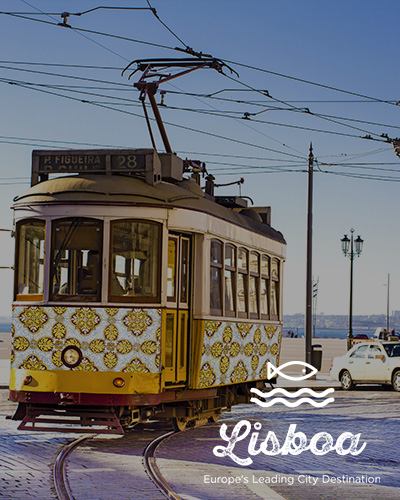
Things to do in Lisbon
Attractions, travel itineraries and more!
Its historical centre is formed by seven hills, which you can explore by foot, in the tram or in the funicular. One of the advantages of the Portuguese capital is the Mediterranean climate, making it easier and more pleasant to visit during the whole year.
Population - 547.733 (2011)
Municipal Holiday - 13 de Junho (Dia de S. António)
Foundation - 1147
Gentile - Lisbonense, Alfacinha
Official Website - www.lisboa.pt
Touristic Website - www.visitlisboa.com
| 0km | 33km (00h34) | 50km (00h50) | 134km (01h19) | 144km (01h35) | 197km (02h12) | 223km (02h13) | 278km (02h37) | 314km (03h30) |
| | | | | | | | | | | | | | | | | | |
| Lisbon | Sintra | Ericeira | Évora | Leiria | Fátima | Castelo Branco | Faro | Oporto |
What to do
Tips from clients
2024-01-31 | Lisbon | Portugal | Individual travellers on leisure
Lisbon is a beautiful city and the people are very friendly.
HF FÉNIX GARDEN
2024-01-25 | Amman | Jordan | Individual travellers on business
The Freeport Fashion Outlet is the best place for shopping. I recommend!
HF FÉNIX LISBOA
2023-12-29 | Norwich | United Kingdom | Mature couples
Too many wonderful experiences to single one out. Tram ride was fun, boat trip was invigorating, and there were plenty of delightful seafood options along with great Christmas market stalls.
HF FÉNIX LISBOA
2023-12-04 | Leidschendam, The Netherlands | Netherlands | Mature couples
Had very nice trips to Óbidos, Nazaré, Fátima and Belém. Had a chance to taste the famous Pastel de Nata in Belém. Óbidos is a very nice medieval small village that we would like to visit again.



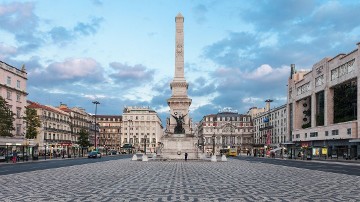

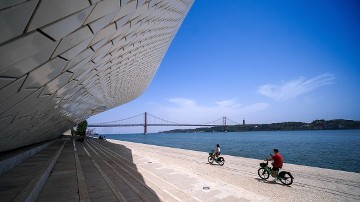
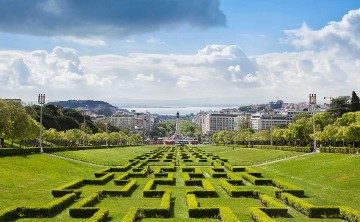


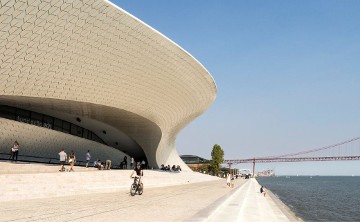
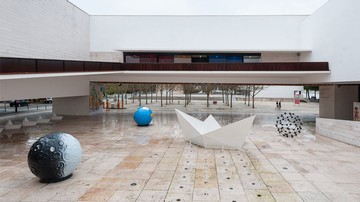
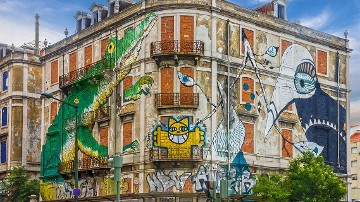
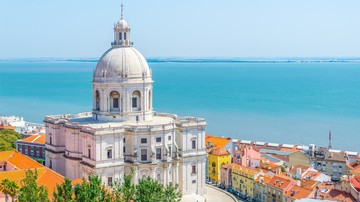
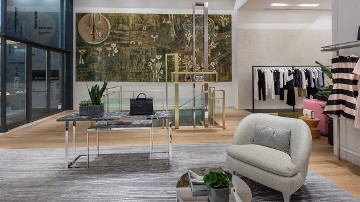
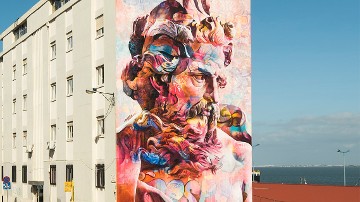
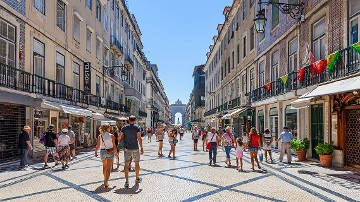
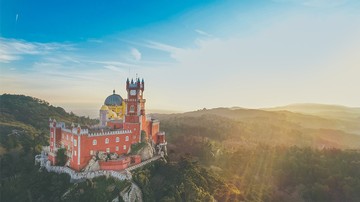
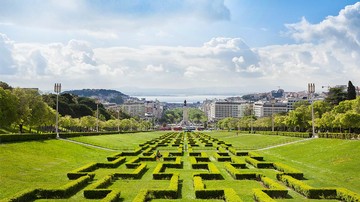

HF FÉNIX URBAN